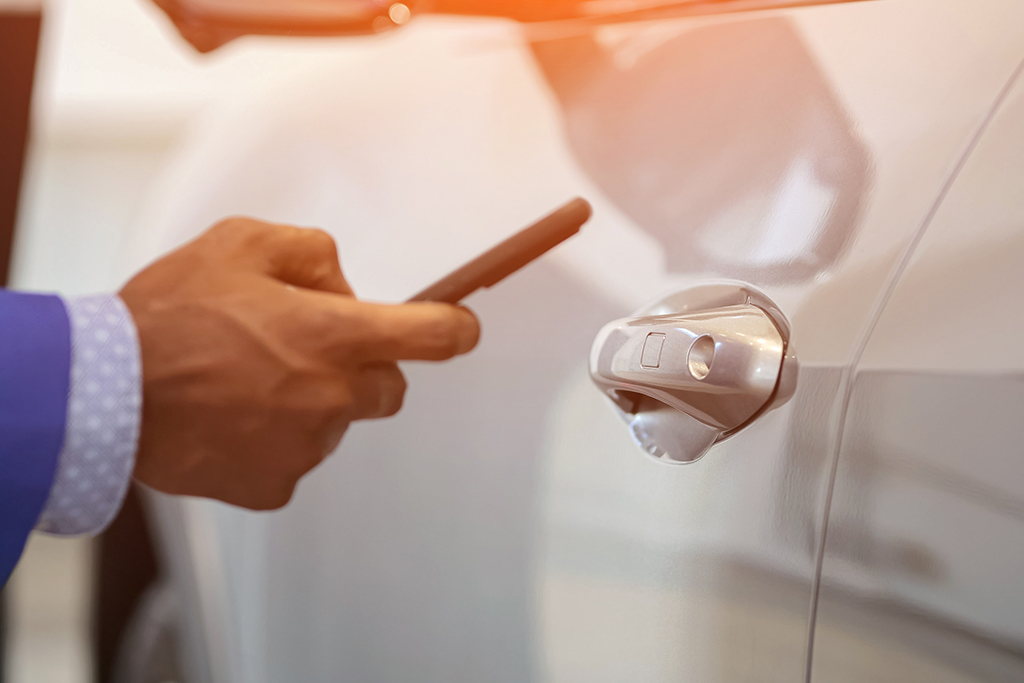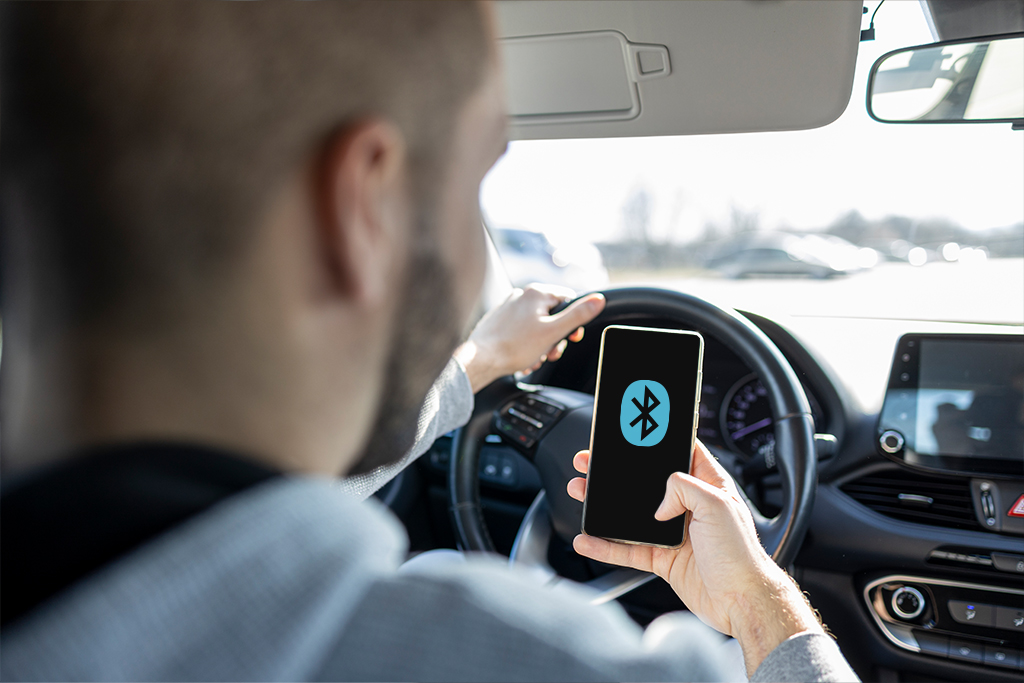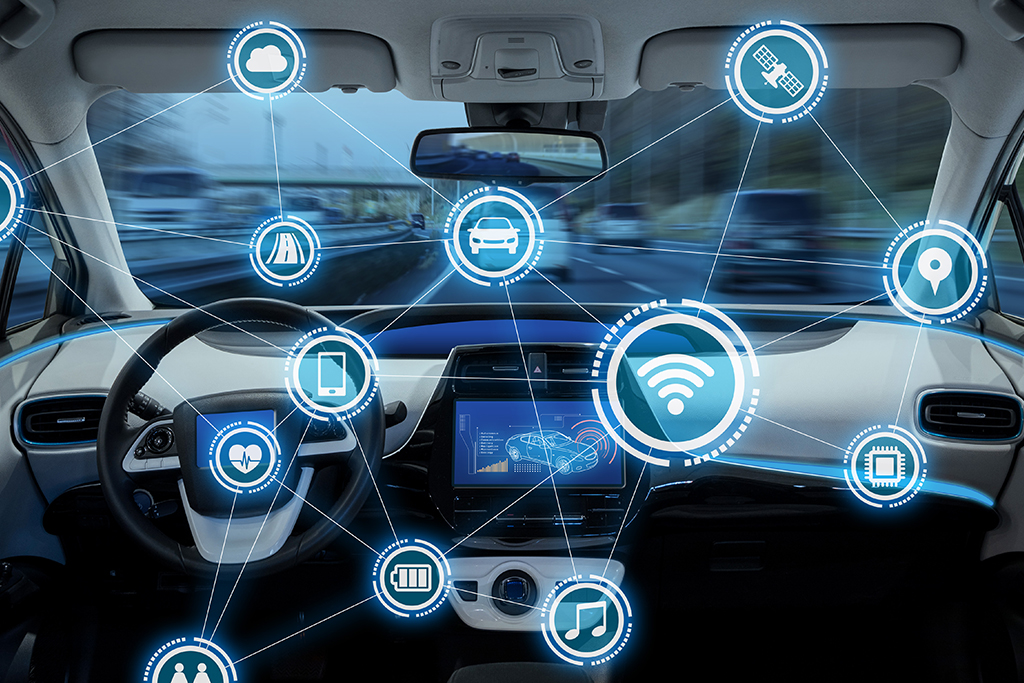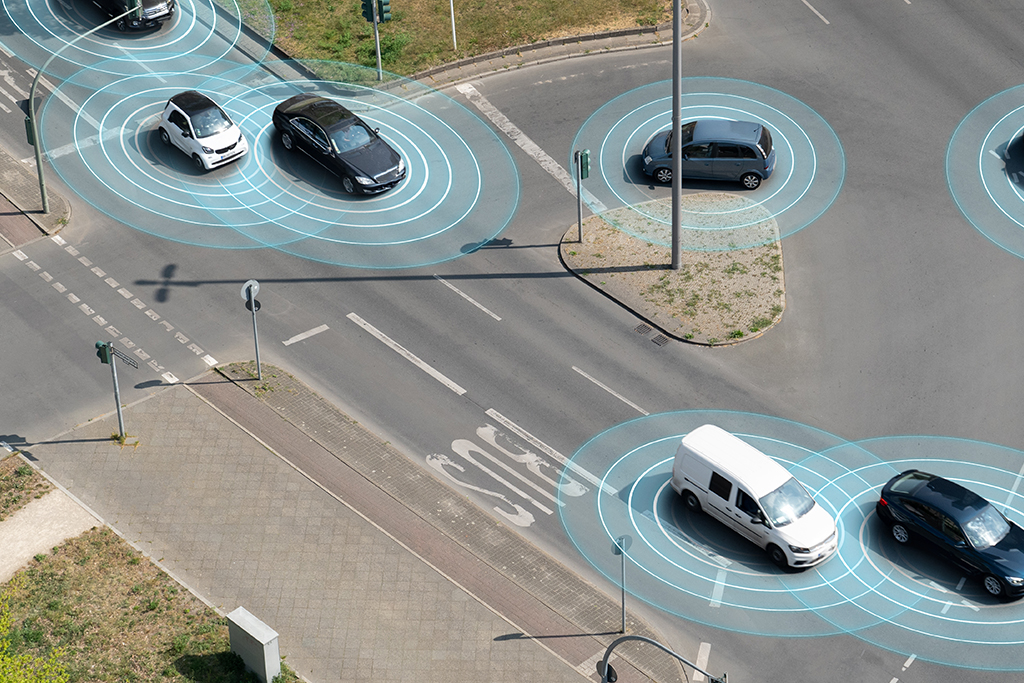Wireless System Testing Enhances Automotive Connectivity
By Yuka Muto
June 11, 2024Diverse wireless technologies require car manufacturers to adopt comprehensive test support
The automotive industry is experiencing an unprecedented integration of wireless connectivity, which is transforming the driving experience by improving vehicle accessibility, safety, security, convenience and reliability.
In-vehicle wireless technologies are broadly categorized into three groups: secure access/digital key, infotainment and vehicle-to-everything (V2X). These technologies enable features ranging from real-time traffic updates, navigation and entertainment options to more discrete tasks like tire pressure monitoring, digital key secure access and vehicle diagnostics.
The adoption rates of different wireless standards vary significantly across regions, manufacturers and vehicle models, influenced by factors like infrastructure readiness, regulatory environments, consumer preferences and price sensitivity toward new features.
Automotive Connectivity Market Growth

Source: Future Market Insights Inc.
1) Secure Access and Digital Key
Providing secure access to our cars is a major use case for wireless technologies. Technologies like Near Field Communication (NFC) and Ultra-Wideband (UWB) enable secure keyless entry with features such as opening the nearest door to the user, underscoring the dual role of connectivity in enhancing both convenience and security.
The Car Connectivity Consortium (CCC) was formed to facilitate interoperability and reduce market fragmentation in automotive connectivity. Its emerging Digital Key 3.0 specification is a remarkable advancement in vehicle access and ignition, incorporating multiple wireless technologies to enhance security, accessibility and convenience.

In a typical digital key application, Bluetooth® is used for the initial connection, UWB is for the actual locking/unlocking, and NFC is available as a backup if needed. NFC can still function, even if the device’s battery is depleted, ensuring access in nearly all situations. A digital key also enables more flexibility and convenience where multiple users may need to access a car, for example rental vehicles and car-sharing.
UWB is a cornerstone of the Digital Key 3.0 specification, offering precise, secure and hands-free access control. By providing centimeter-level accuracy in determining the distance between the car and the digital key device (such as a smartphone), UWB ensures that the vehicle can only be accessed or started when the authorized user is in close physical proximity. This level of precision, together with UWB’s robust built-in cryptographic encryption, significantly enhances security by mitigating relay attacks where unauthorized users amplify or relay signals from a legitimate key to gain access to the vehicle.
2) Infotainment
In addition to secure access, wireless technology has many other uses in our cars. Bluetooth has already become ubiquitous in on-vehicle infotainment systems, thanks to the universal driver demand to connect their phones to the infotainment system for audio transfer. Although only premium cars are equipped with Wi-Fi® today, the latest trends show carmakers are adding Wi-Fi to infotainment systems to all classes of vehicles.


Some of the technical challenges come from wireless channel conditions due to the vehicle’s small, confined space and the presence of various materials that can potentially interfere with signal propagation. In heavy traffic, wireless signals from other vehicles can also interfere with the intra-vehicle transmission. And, most importantly, as on-vehicle Wi-Fi relies on internet connectivity via cellular data plans, the on-vehicle Wi-Fi speed is limited by the cellular connectivity speed.
Despite these technical challenges, on-vehicle connectivity around infotainment continues to evolve, as consumers have a strong desire for the same connectivity and user experience they enjoy in their homes and offices.
3) Promises and Challenges of V2X
Vehicle-to-Everything (V2X) promises to revolutionize road safety by facilitating communication among cars, pedestrians, other road users, networks and surrounding infrastructure. But its widespread adoption faces challenges, such as regulatory hurdles, compatibility concerns and significant infrastructure investment.
Despite these obstacles, technology and automotive companies are actively developing semiconductors and conducting V2X trials, aiming for broader adoption as semi-autonomous driving features and sensors, including radar and LiDAR, become increasingly standardized.

Given that car owners typically hold onto their vehicles for much longer than their consumer electronics, automakers are prioritizing future-proofing on-vehicle wireless technologies to prevent obsolescence before the next purchase cycle.
As part of this process, the automotive industry is navigating the convergence of similar yet competing wireless technologies. Consequently, many carmakers are hedging their bets by supporting both cellular-based C-V2X and 802.11p-based Dedicated Short-Range Communications (DSRC), because neither technology has yet to “win” the standards battle. Even within C-V2X, in addition to the current LTE-based C-V2X, automakers are already gearing up for the adoption of 5G NR-based C-V2X in the near future.
Future Use Cases
Overall, there is disparity in adoption rates which highlights a challenge: while luxury cars increasingly standardize features like keyless entry (digital key) and onboard Wi-Fi, the full potential of connectivity is yet to be realized across the entire vehicle spectrum. Keeping up with changes in wireless technology is a challenge for carmakers, who are used to the more gradual pace and ten-year buying cycle of the automotive industry.
The evolution of wireless technology promises further applications, such as automatic trunk opening/closing, and “Child Presence Detection (CPD),” a UWB-based application that leverages motion sensors to alert vehicle owners to the presence of children or pets inside the vehicle.
As the industry moves towards EVs and automated driving, our cars are constantly producing more data. This all needs to be transferred, and monitored, efficiently, and wireless standards will increasingly replace cables – helping to reduce weight and decrease costs.
Wireless Testing Has Never Been More Important
The diversity and pace of this growing interconnectedness underscore the importance of rigorous testing of wireless components in cars – quality is vital, not least to avoid recalls. As continuous advancements redefine vehicular communication and access, wireless parametric testing – both during design and production – is at the heart of this evolution. More complex systems rely heavily on advanced processing, communications and control, making comprehensive testing necessary to ensure flawless connectivity performance.
Moreover, the integration of multiple connectivity protocols within vehicles is increasingly complex. These wireless technologies must collaborate rather than compete, resulting in higher levels of integration across communication standards. Such integration is essential to enhance functionality, improve user experience and ensure the seamless operation of increasingly autonomous vehicles.
As the leader in wireless test solutions, LitePoint provides comprehensive wireless test coverage, including V2X, Wi-Fi, Bluetooth, UWB, and NFC. In fact, LitePoint is the only test vendor equipped to cover all three critical technologies in the CCC digital key 3.0 specification: UWB, Bluetooth, and NFC. With this comprehensive test solution portfolio, LitePoint ensures a future where cars not only communicate more effectively with external devices and infrastructure but also enable enriched, customizable experiences for drivers and passengers alike.
Categories
Subscribe to the LitePoint Blog
Related Posts


